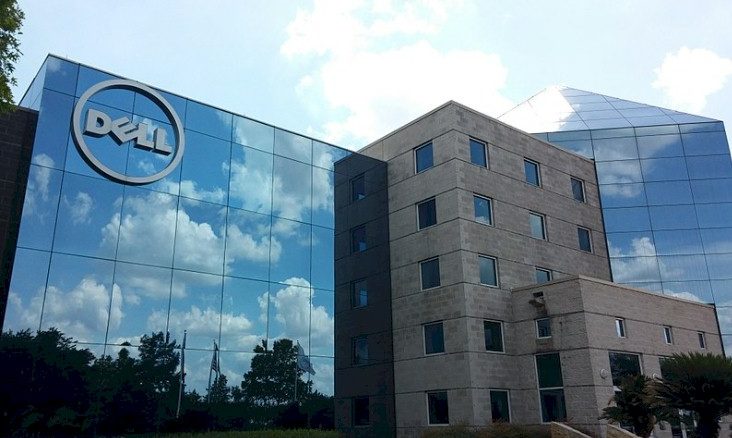
As we at The Next Platform have talked about before, the once-clear line of delineation that has run between the hyperscale cloud services providers and the OEMs that for decades has made the systems for enterprise datacenters has faded.
As organizations moved more workloads and data into the cloud, demand for more seamless operations between on- and off-premises environments grew. A world of hybrid clouds and multiclouds arose and more recently, enterprises have begun to push for cloud-like infrastructures – with the agility, scalability, and flexible consumption options found with such cloud providers like Amazon Web Services, Microsoft Azure, and Google Cloud – in their own datacenters.
Businesses wanted on-premises infrastructures to operate like those in the cloud and wanted easy movement of applications and data, management and security capabilities between the two environments. As a result, those top-tier cloud providers over the past couple of years have begun to see an opportunity to grow their presence in corporate datacenters. AWS’ Outposts are fully managed and configurable compute and storage rack systems built with AWS-designed hardware in enterprise datacenters that can connect back to the AWS cloud.
Microsoft introduced Azure Arc while Google Cloud unveiled Anthos, both offerings that enable companies to run cloud workloads on any infrastructure in their own datacenters.
At the same time, traditional datacenter infrastructure vendors for several years have offered their hardware on demand, in private on-premises clouds and with flexible payment options. They also have pushed into the public cloud space – Oracle Cloud, for example – or have expanded their own cloud capabilities that can be integrated with the public cloud vendors or used in their own cloud environments. More recently, OEMs also have begun the process of offering their products as services. Cisco Systems recently said that the COVID-19 pandemic accelerated plans to head down that road and Hewlett Packard Enterprise last year made headlines by saying that it plans to offer its entire portfolio as a service by 2022.
Dell Technologies in recent months has also begun talking about similar plans. It makes sense, Sam Grocott, senior vice president of product marketing for Dell, said in a recent briefing with journalists about news coming from the company this week at its virtual Dell Technologies World 2020 event. Grocott noted that IDC is predicting that by 2024, more than 75 percent of all infrastructure at the edge and more than 50 percent of infrastructure in core datacenters will be consumed as a service.
He also said that Dell for years has offered some of its products in an as-a-service fashion, and that it also has an on-demand business as well as its Dell Technologies Cloud Platform, which launched last year. It also has flexible payment plans, including subscription and pay-as-you-go. The company’s recurring revenue hit $1.3 billion in the second quarter, a 30 percent year-over-year jump, he said.
“We’ve been in the as-a-service business for almost a decade now,” Grocott said. “We’ve been providing these types of experiences over time and customers are now speaking up louder about wanting to have a simpler kind of option to deploy as-a-service solutions that put more of the burden on us as a provider to manage and maintain that experience for them. It’s grown over time. Today it’s a very small percentage of the market on premises, but that is starting to grow, so we’re responding to customer demand. That’s what AWS, Azure and Google are responding to … because they see an opportunity there as well. Everybody at this stage would agree it’s not a public or private cloud or on-prem or off-prem-only world. It’s both. It’s a multicloud hybrid environment, so we’re going to need infrastructure everywhere.”
Dell is making a significant push in the direction with Project Apex, which is being announced this week at Dell Technologies World. The plan is to eventually offer its entire portfolio – from PCs and servers to networking, storage, hyperconverged infrastructure and other solutions – as a service that can be fully managed by Dell and a range of consumption options that help organizations shift more from a capital expenditure to an operating expenditure model.
Project Apex will essentially unify Dell’s as-as-service, cloud and on-demand offerings under a single umbrella. Enterprises will be able to decide what systems they want to have as a service and what to run in a more traditional fashion, maintain control of the entire environment and decide how they want to pay for it.
Foundational to Project Apex will be the Cloud Console, a platform that will enable organizations to manage their cloud and as-a-service operations. Using the Console, enterprises will be able to choose and order which services and solutions they want and then pay for it. In addition, they will be able to deploy workloads, manage their multicloud, private cloud and edge resources, monitor costs in real time, and add services as needed. The Console is now open for public preview.
The first of the cloud services offered under Project Apex will be Dell’s Storage-as-a-Service, scheduled for general availability in the first half of 2021. It’s an on-premises solution that is owned and managed by Dell or one of its partners and includes a range of scalable and elastic storage resources for block and file data services. It can scale up and down depending on demand and the resources can be managed via the Cloud Console.
Going forward, Dell will expand its services offerings in such area as compute, data protection and PCs, offering them all as services, with Grocott adding that the company is “going to scale out our as-a-service offers across the entire portfolio.”
“We’ll also go vertical with this,” he said. “Look for solutions such as SAP-as-a-service that will start to come out in parallel over time. For organizations or customers that want to go down that path, do you let Dell Technologies manage that, deploy that, provide that service to them so they can focus more on their business? We’ve got the as-a-service path for the majority of customers today, but a lot companies still like to pick and choose their best-of-breed approach. They want to pick their product and pick their service and pick their flexible payment and configure and build their as-a-service experience themselves. We’ll continue to offer that. Again, both of these are all underneath the Cloud Console over time.”
The vendor also is unveiling workload instances to its Cloud Platform that makes it easier and more affordable for organizations to jump into the hybrid cloud world. They can buy and scale cloud resources through pre-defined configurations, with each instance coming in at $47 per month with subscription pricing and available through the Cloud Console.
“This is going to simplify how customer size, order and deploy on-premises cloud resources, aligning their experience with the public cloud compute offers with a really simplified ordering process enabled by the Console,” Grocott said. “Customers can pick an instance type based on workloads. … then how much capacity they want and what term they want. They can easily self-service and guide themselves through making the right choice for whatever business outcome they’re looking for with a set of very intuitive, easy-to-choose reconfigured hybrid cloud solutions that are going to align to their enterprise workloads. Customers no longer have to guess how many nodes or arrays they’re going to need to run this environment.”
There also is a focus on pricing. Dell is offering pre-configured Flex On Demand pricing that provides a pay-per-use model that includes hardware, software and services and is available for the company’s portfolio, including services, storage, hyperconverged infrastructure, data protection, and cloud offerings, Grocott said.
“It includes essential deployment capabilities and support services while still giving them the flexibility and choice to customize,” he said. “Also, you can get everything wrapped in together at a single price point, but you get to choose. You want a PowerMax [complete NVMe storage] or you want a PowerStore [for all-NVMe flash or storage-class memory] or a PowerScale [for unstructured data workloads], etc., it gives you that choice and flexibility, but then bundles it all quickly together for customers.”
Not that long ago cloud providers seemed to have an edge over traditional datacenter OEMs, with enterprises moving workloads to the cloud to take advantage of the flexibility, scalability and cost. However, even now about 30 percent of workloads are in the cloud; the rest are still in on-premises datacenters and many will remain there for a while for various cost, security and compliance reasons. In a hybrid world, Dell and its datacenter brethren have an advantage over the cloud providers, Grocott said.
Dell has experience managing the diverse set of applications typically found in corporate datacenters and the issue of control is a key one for enterprises. When organizations put workloads into the cloud, they’re giving up some of that control. Dell can give businesses a hybrid cloud experience – running applications in the datacenter while bursting into the cloud or moving workloads there or out to the edge – while enabling them to retain that control.
“As these cloud providers start to look to come on premises with their solutions, it’s a little different in the world where we’ve typically hunted over the last couple of decades,” he said. “It’s far more diverse. It’s a much broader set of heterogeneous applications. … To them it’s [more] the wild, wild west than it from Dell Technologies’ perspective. They’re obviously are much stronger at managing bigger, singular datacenters that have homogeneous [workloads] and like-builds and similar applications. That’s all under their control. When we think about the go-forward choices customers are going to be faced with, they’re going to have to pick vendors that can provide … this as-a-service experience, but also meet the workloads and the diversity of their application environments and not have to give up that control point. That’s where our differentiation is going to be. … Plus, we know their apps better than anyone else. This is what we’ve done for the last handful of decades.”
Dell is going to continue partnering with AWS, Azure, Google and other cloud builders, but the point of contention will be how the on-premises datacenter and the operations between that and the public cloud evolve and who can best address the myriad demands of enterprises as they develop their hybrid cloud strategies.

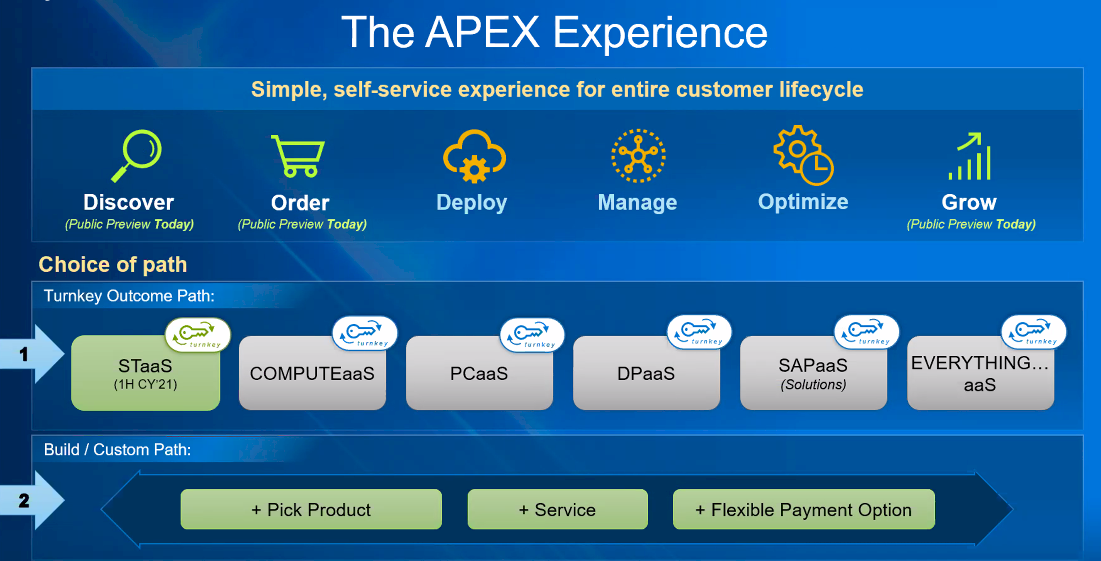
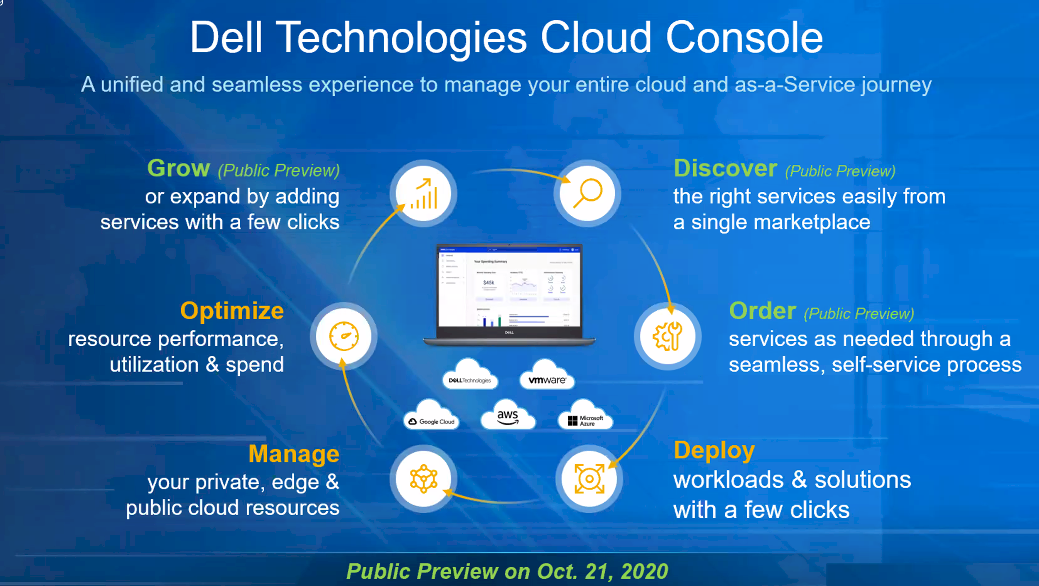
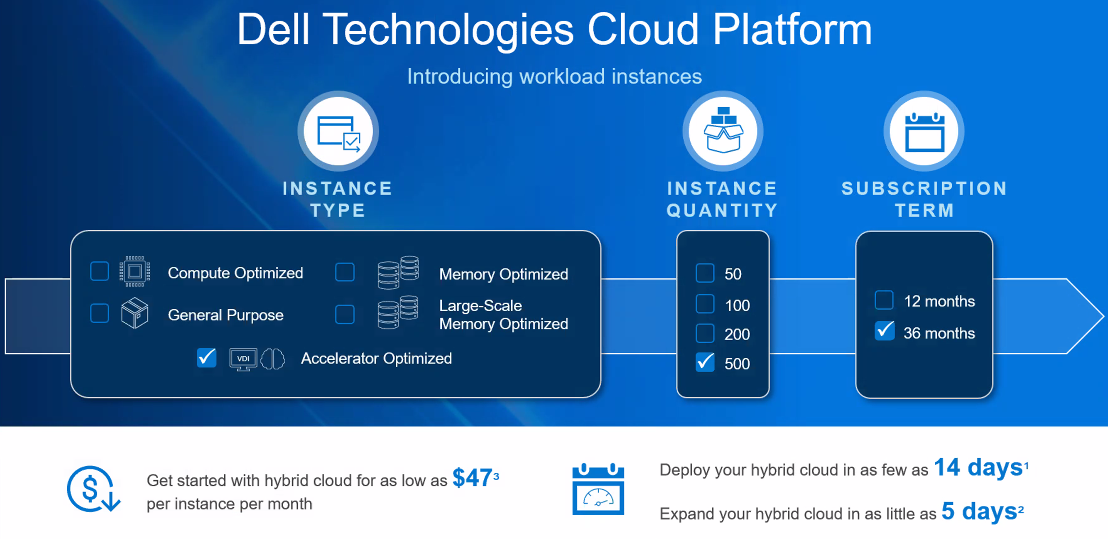
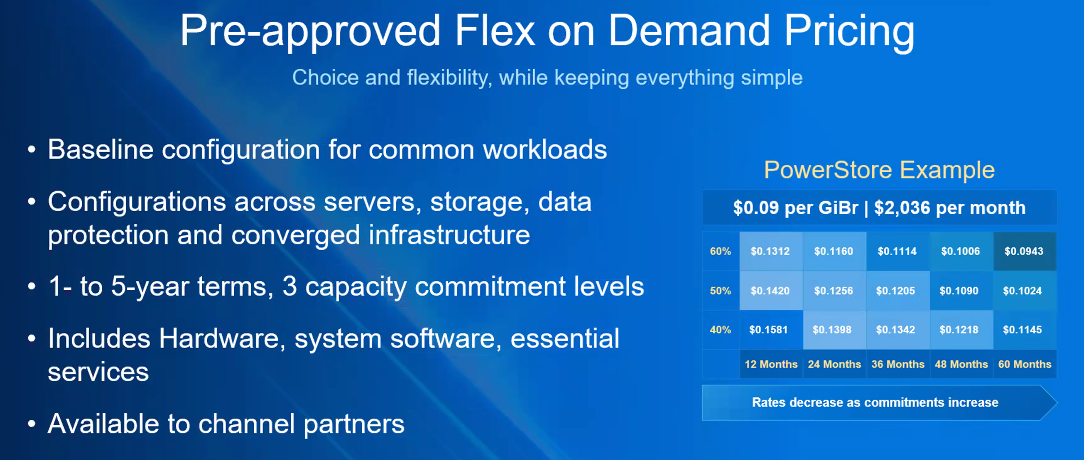

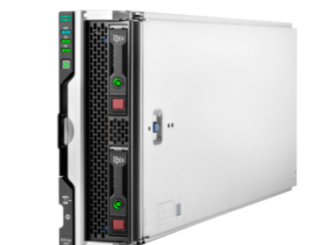

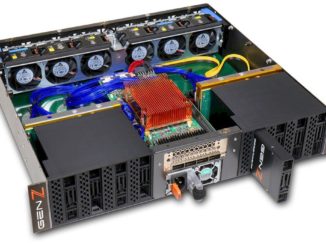
Be the first to comment